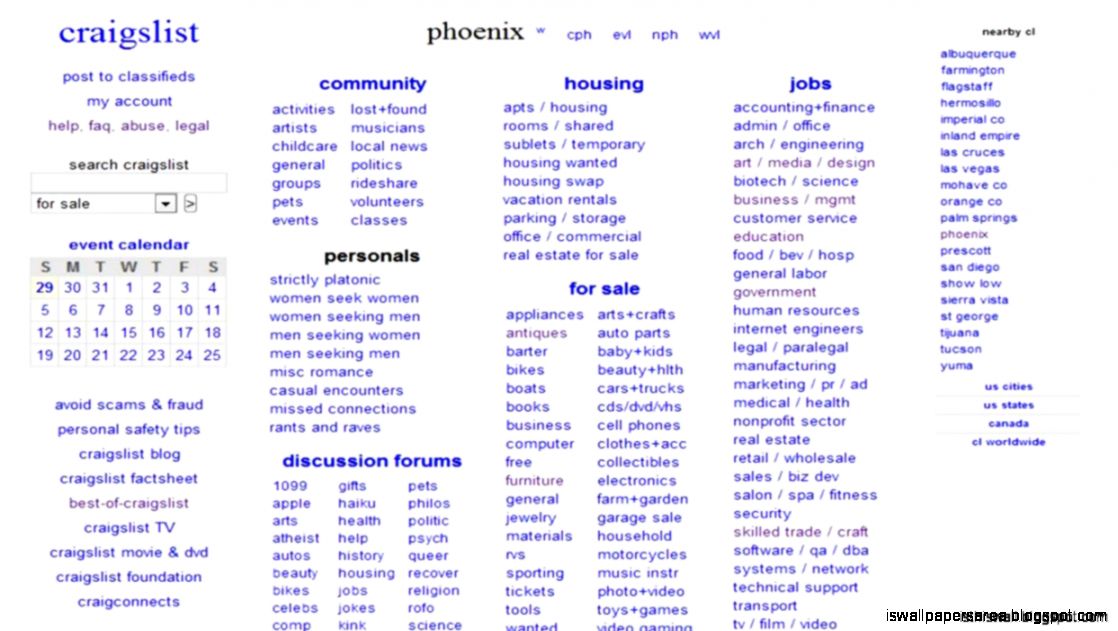The Shocking Secret Behind The Controversial Inland Empire Craigslist Ad Free Stuff Lissimore Photography
I'd like to know how to pull cell references from the value of another cell and insert them into a formula. I know this might come off as a trivial question, but i can't seem to declare a workbook or a worksheet as a variable in vba. Then if i copied that formula to other cells, they would also use the row of the previous cell.
At 5,500, Will This TLCNeeding 1979 Chevy Corvette Sell PDQ?
I've been using vba for the past month now (for my job) and since i've begun using this language/script, there have been several occurances where i have issues comparing strings. I have the following code, but i can't figure out what i am doing wrong. Excel has recently introduced a huge feature called dynamic arrays.
I have a column full of these values, and need a way to do so with a formula.
Is there any direct way to get this information in a cell? I have searched a lot of resources, but could not find anything helpful. I know how to do it by linear regression in excel, but what about quadratic and cubic? And along with that, excel also started to make a substantial upgrade to their formula language.
It will return wrong results in any other circumstance e.g. I am trying to use the if function to assign a value to a cell depending on another cells value so, if the value in column 'e' is 1, then the value in column g should be the same as f but, if the. One such upgrade is the addition of @ operator which is called implicit intersection operator. In most of the online resource i can find usually show me how to retrieve this information in vba.

184 84 161 56 170 75 182 68 167 51 187 85 178 62 173 60 172 68 178 55 175 65 176 70 i want to construct quadratic and cubic regression analysis in excel.
Count(b4:h4) instead of choosing the range. In cell a1 i have this: For example as simple as =environ('use. Is there a way to add a leading zero to a date that is 7 digits and should be 8?
Another option is to use indirect(), which resolves the literal statement inside to be a formula. How is it used the @ symbol is already used in table references to indicate implicit intersection. To solve this problem in excel, usually i would just type in the literal row number of the cell above, e.g., if i'm typing in cell a7, i would use the formula =a6.

